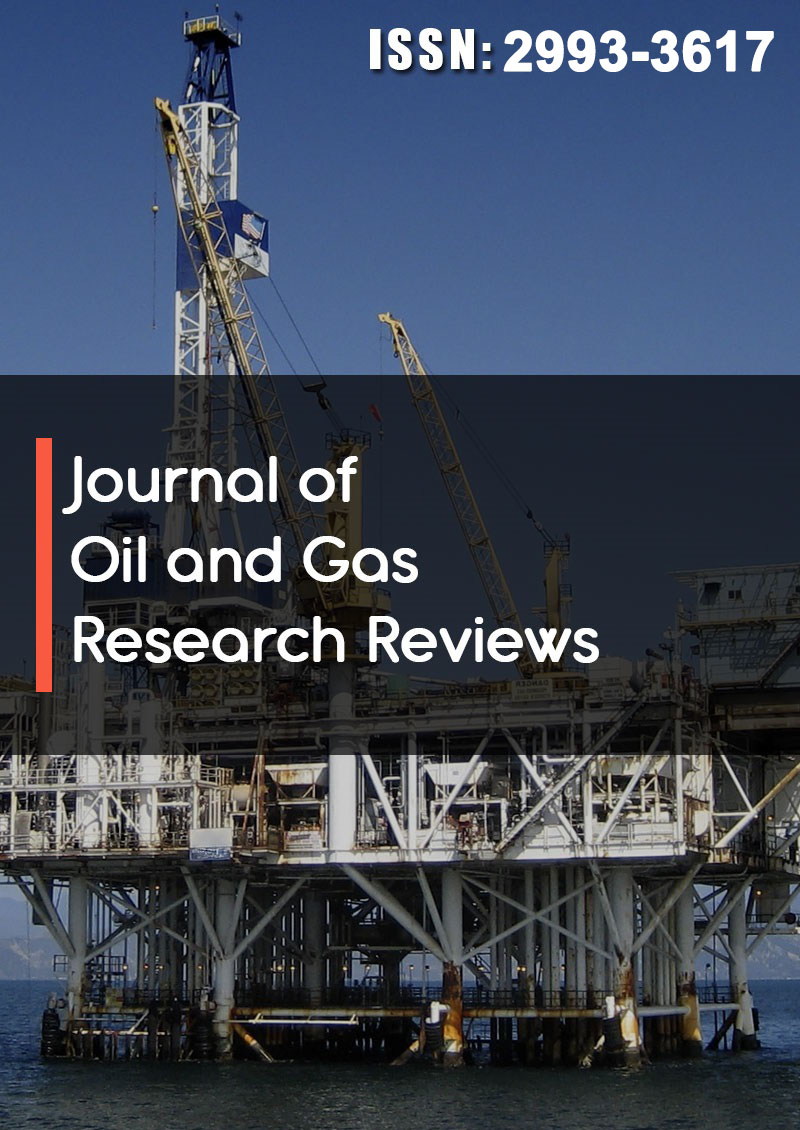Benthic Foraminifera as A Tool for Indication of Microfacies, Biostratigraphy, and Depositional Environment of the Baba Formation [Late Oligocene], Kirkuk Oil Field, Northeastern Iraq
Abstract
Imad Ghafor, Arzu Javadova and Roya Rashidi
A moderately diverse larger foraminiferal is described from the NE Iraq, Baba Formation with important stratigraphy, paleontology, microfacies, and palaeoenvironment implications. The fauna is dominated by hyaline perforated and porcellaneous forms including Nummulites, Austrotrillina, Amphistegina, Archaias, Lepidocyclina, Spiroclypeus, Operculina, and Neorotalia. The presence of those fossils allows the age of the formation to be determined as Late Rupelian [Shallow Benthic Zone SBZ 22A] - Early Chattian [Shallow Benthic Zone SBZ 22B], based on the two recognized biozones from older to younger: - Nummulites fichteli -Nummulites intermedius biozone and Lepidocyclina [Eulephidina] dilatata- Nummulites intermedius- Nummulites fichteli biozone. The identified benthic foraminifera were used to recognize three microfacies types: Nummulitic wackestone facies of inner-shelf environment, Nummulitic wackestone-packstone facies of middle-shelf environment, and Epicyclical packstone facies of outer-shelf environment. The palaeoenvironmental setting of the Baba Formation is interpreted as a shallow ramp lagoon environment rich in nutrients, slightly hyper-saline with the shallowest part of the photic zone characterized by the genera Archaias and Austrotrillina, the deeper part of the inner ramp with Nummulites, to the shallow part of the middle ramp with Spiroclypeus and Operculina, to deeper middle ramp setting dominated by coralline rhodoliths along with Lepidocylinids. Microfossils from Baranan and Kurdamir sections have been used for the regional correlations from Eocene-Early Miocene.



